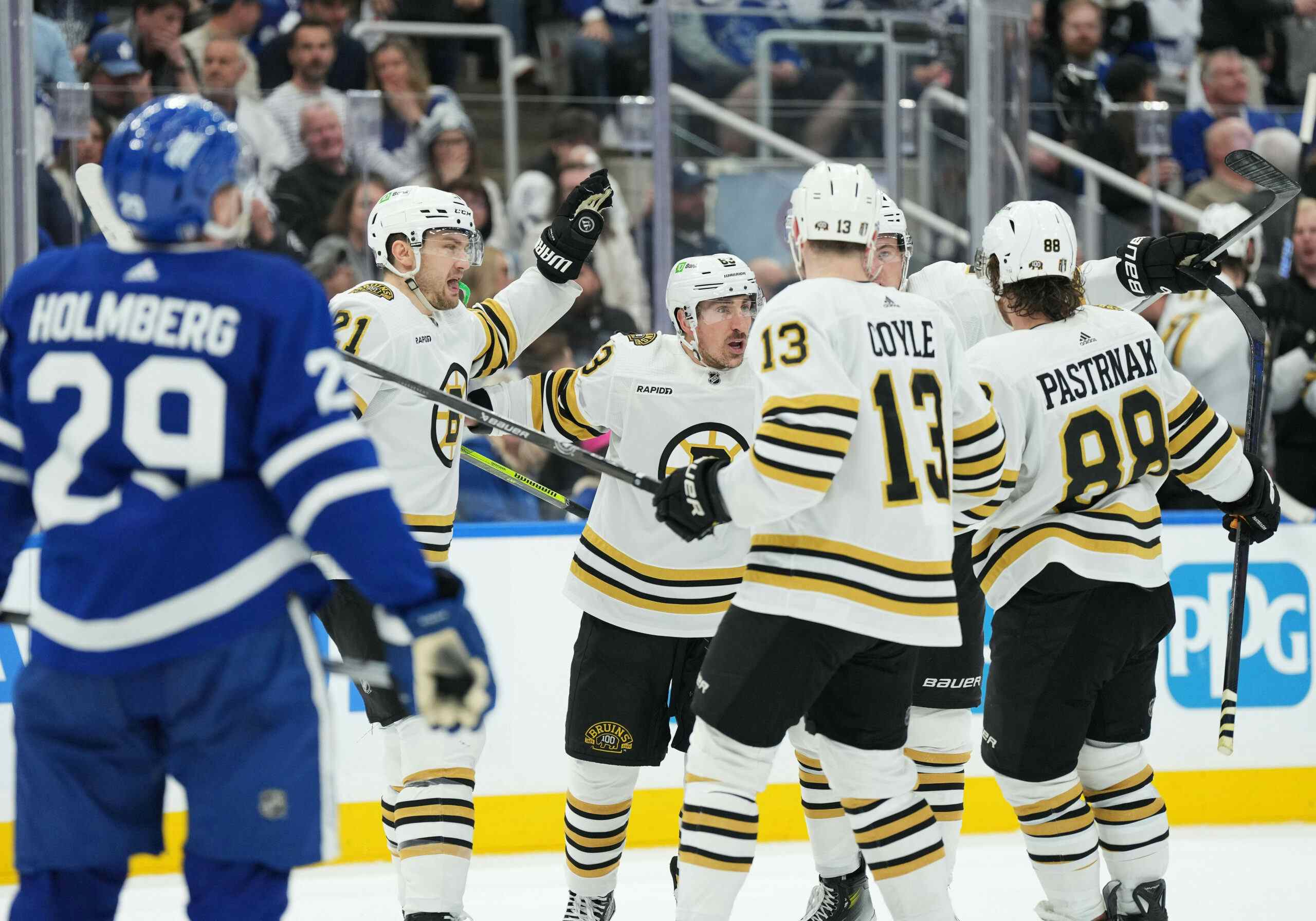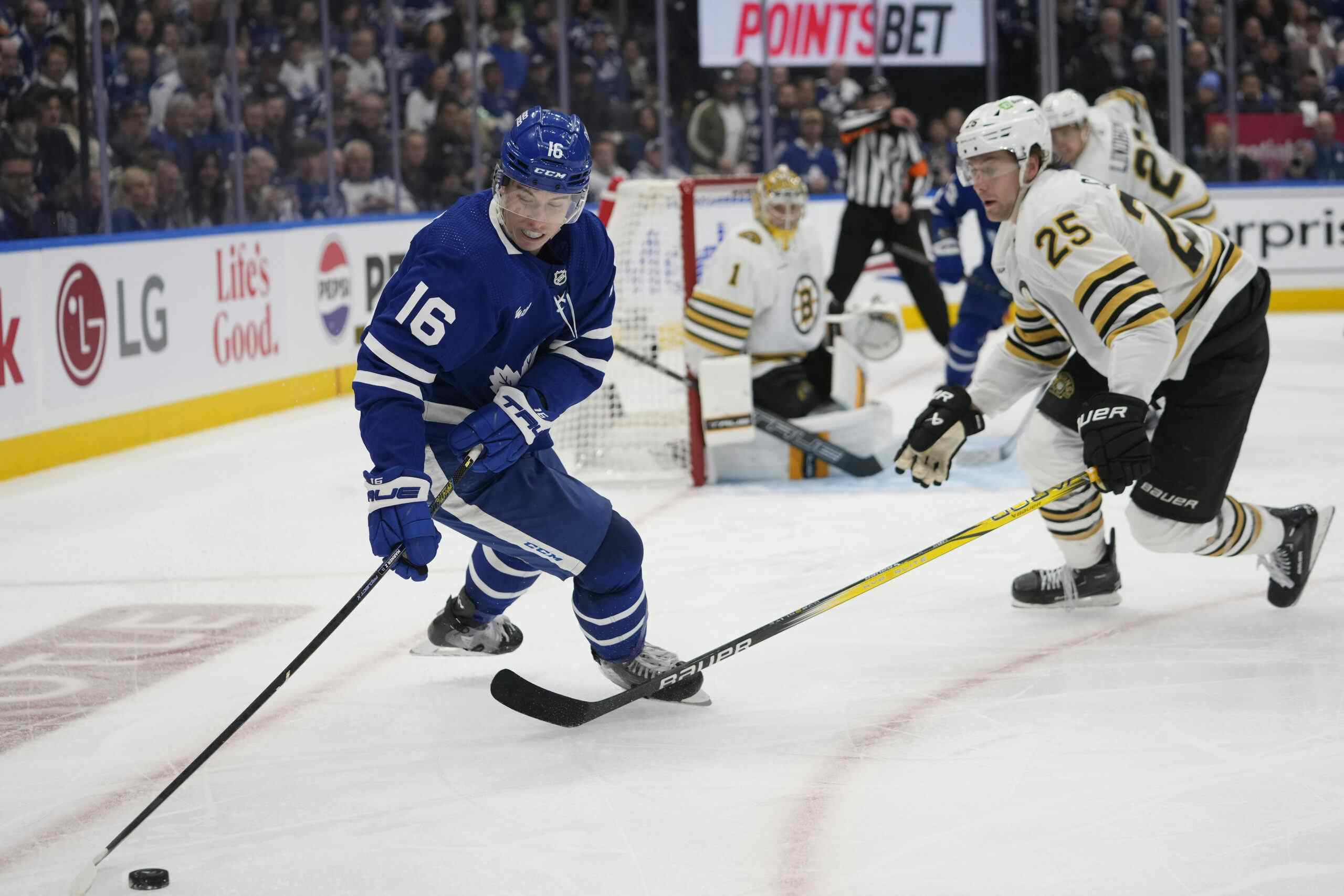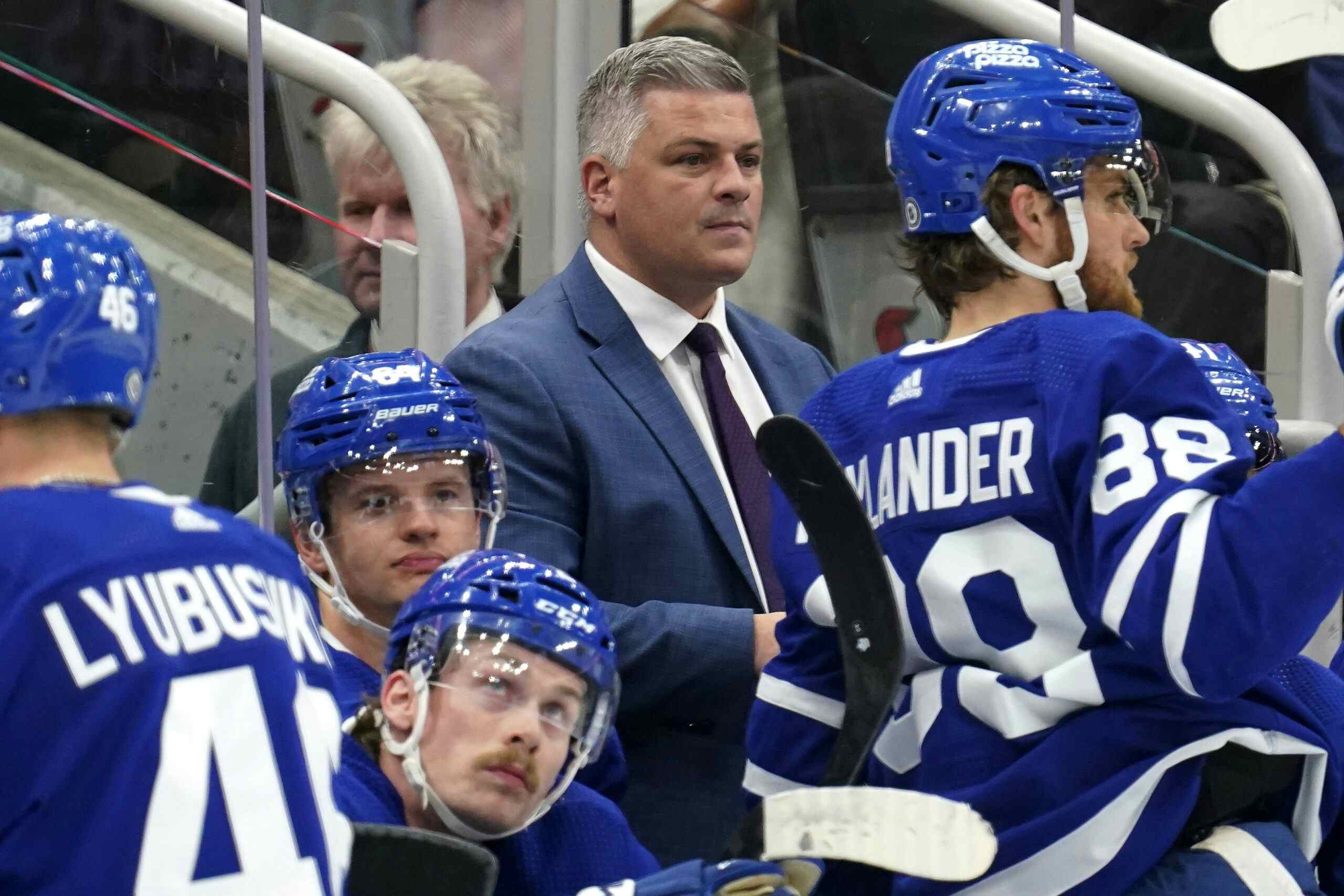On the Toronto Marlies’ historic start, and trying to maintain it moving forward

Photo Credit: Christian Bonin / TSGPhoto.com
The Toronto Maple Leafs aren’t the only team in the organization on Christmas Break. Most of the North American hockey world has gone on holidays, so the Toronto Marlies aren’t doing anything special, but this still appears to be a good time to evaluate their position relative to the rest of the league, and years past.
The Best Start In Team History

Since the Baby Leafs moved from St. John’s to Toronto in 2005, no Marlies roster has managed to pick up this many standings points in out of the gate. The only team to come close are the 2007/08 version of the team, who began the season on an 11-0-2 and were 21-5-4 by the end of the stretch.
The key difference between that team and the current roster, however, is that prospects with realistic NHL potential are leading the way this year.
Looking at 2008, Jiri Tlusty and Anton Stralman the two “brand name” prospects on the roster at this point, and both ended up playing fewer than 25 games. Tlusty was called up after five games, sent down in December, called up again after another five games, and returned in April; a development plan that would probably lead to current Marlies GM / Leafs assistant GM Kyle Dubas throwing his new glasses through a window. Stralman played 21 games in a row before disappearing for the entire season, which is better, but even he came back and played a half-season the following year, suggesting he wasn’t quite ready for prime time.
They weren’t the core, though. David Ling was the team’s leading scorer at 32 years old. The team had three players over 30 playing 50+ games and twelve players who finished the season having played half the team’s games and over the age of 25. By comparison, this year’s team is headlined by a 19-year-old (William Nylander), has no regular roster players over the age of 28, and is focused on both playing young talent, and keeping them down until they’re absolutely ready for the NHL.
It’s been a long-term shift for the team that’s hit critical mass over the past year and a half, and for the most part, you can see it in the curve. Last year’s team is the exception to a steady out-of-the-gate incline though the team did most of its damage from Game 20 and on after the team picked up some additional depth from the outside, as well as seeing some early call-ups return to the fold.
Controlling The League
A come-from-behind victory against the Wilkes-Barre/Scranton Penguins last week put the Marlies in sole possession of first place in the league for the first time this season; a position that the team cemented with a follow-up win over the Hershey Bears. Toronto is one of just five teams to hit the 30-game mark, but this year, the league is decided by points percentage. This is due to the west-coast teams playing fewer than the league-standard 76 games. As such, Toronto’s 23-5-2 record gives them a points percentage of exactly 80% or 48 of 60 possible points.
This rate is insane, but it’s not the only stat where the team is running away with things. Toronto has scored a league-leading 119 goals; just five more than the high octane Texas Stars, but 22 more than Wilkes-Barre and 40 more than the league average. Unlike Texas, who have allowed the most goals in the league to match, they’ve complimented this by allowing the eighth-fewest goals in the crowd (or, on a per-game basis, the fourth-fewest). Toronto’s tendency to outshoot their opponents considerably means that quality goaltending isn’t even a necessity; Antoine Bibeau, for example, is 9-3-0 despite having the league’s third-worst save percentage. With that said, stretches like Jonathan Bernier’s first three consecutive shutouts and Garret Sparks’ 0.938 run before getting called up indeed help.
Combined the two, and you see that the Marlies have an impressive +46 goal differential, which, as Dimitri Filipovic pointed out, paces out to be one of the best in league history. Interestingly enough, so does Wilkes-Barre’s; elite goaltending has allowed for them to keep up an even better pace of goal differential per game. Toronto, on average, outscores their opponent by 1.53 goals per game while the Penguins are at an even crazier 1.67.
Staying ahead of the Pack
The good news for Toronto is that they don’t exactly have many new opponents to face this year. Due to the rather straight-forward, travel-optimized methodology that makes up the AHL’s Schedule, the Marlies only meet half of the league over the course of the season, and only three of the fifteen teams have yet to take them on yet. Those teams are the Lake Erie Monsters (8th overall, four upcoming games), Portland Pirates (13th overall, two upcoming games), and Providence Bruins (24th overall, two upcoming games).
All three of these teams were identified as top-tier possession teams by CHLStats.com before the site’s untimely death earlier this month. Both Providence and Portland have had major struggles between the pipes, but in the case of the former, things are turning around; Malcolm Subban has posted a 0.932 this month. These are teams that shouldn’t be taken lightly, and I doubt the Marlies will, but they certainly make the schedule more difficult.
Further to the point, Toronto will now be facing their better regular opponents more often. They only have 2 of 6 games remaining against 29th overall Binghamton, but 3 of 4 against 6th overall Grand Rapids. They’ve already faced 9th overall St. John’s who four times and have struggled against them, but still have eight matchups remaining against them. The Utica Comets, who started sluggishly but have been solid of late, have 5 of their remaining eight games against Toronto coming up down the stretch.
By combining the present results of the opponents across the schedule and stripping out games played against Toronto (giving teams who face frequently more weight), the Marlies go from facing opponents with an average points percentage of 0.522 and goal differential of -0.22 per game, to facing opponents with an average points percentage of 0.553 and goal differential of -0.11. This is a grossly flawed, unscientific method that, if read by someone in the research wing of the Leafs front office, will be met with eye rolls and laugh-at-ter, but it gives the idea that the schedule gets tougher for the team moving ahead.
But how do you address that? The next couple of weeks will be particularly hard, with three of Toronto’s most impactful players (Nylander, Sparks, and Kasperi Kapanen) either at the World Juniors or with the big club.
Antoine Bibeau is going to have to follow the lead of the previously mentioned Malcolm Subban and dig himself out of the proverbial gutter sooner than later, as outscoring a 0.883, while proven to be possible, is hard in the long term. The team will likely need some of its secondary scoring to step up temporarily as well; the likes of Matt Frattin, Brendan Leipsic, and Nikita Soshnikov are understandably scoring fewer points than players of their track record are accustomed to. But, if put in a position to succeed, they’ll be looked to rise above their current curves.
The Marlies have placed an emphasis on keeping their players well-rested and healthy, and that could play to their advantage. It’s rare that anybody sees themselves in every game of a 3-in-3; even Nylander, with his raw bones and world-class talent, has had a couple of healthy scratches to avoid fatigue. If the Marlies keep this up, their top talent should be able to skate laps around their opponents down the stretch.
Ultimately, though, there shouldn’t be much heartbreak if the Marlies can’t hold onto a 0.800 pace forever. After all, doing so would make them the best team in AHL history; a great distinction, but given the league’s age, a lofty expectation to put on any group. Merely maintaining a presence among the league’s elite for the next 46 would be quite an accomplishment for this young group; it’ll be interesting to see what happens as the season progresses.
Recent articles from Jeff Veillette





